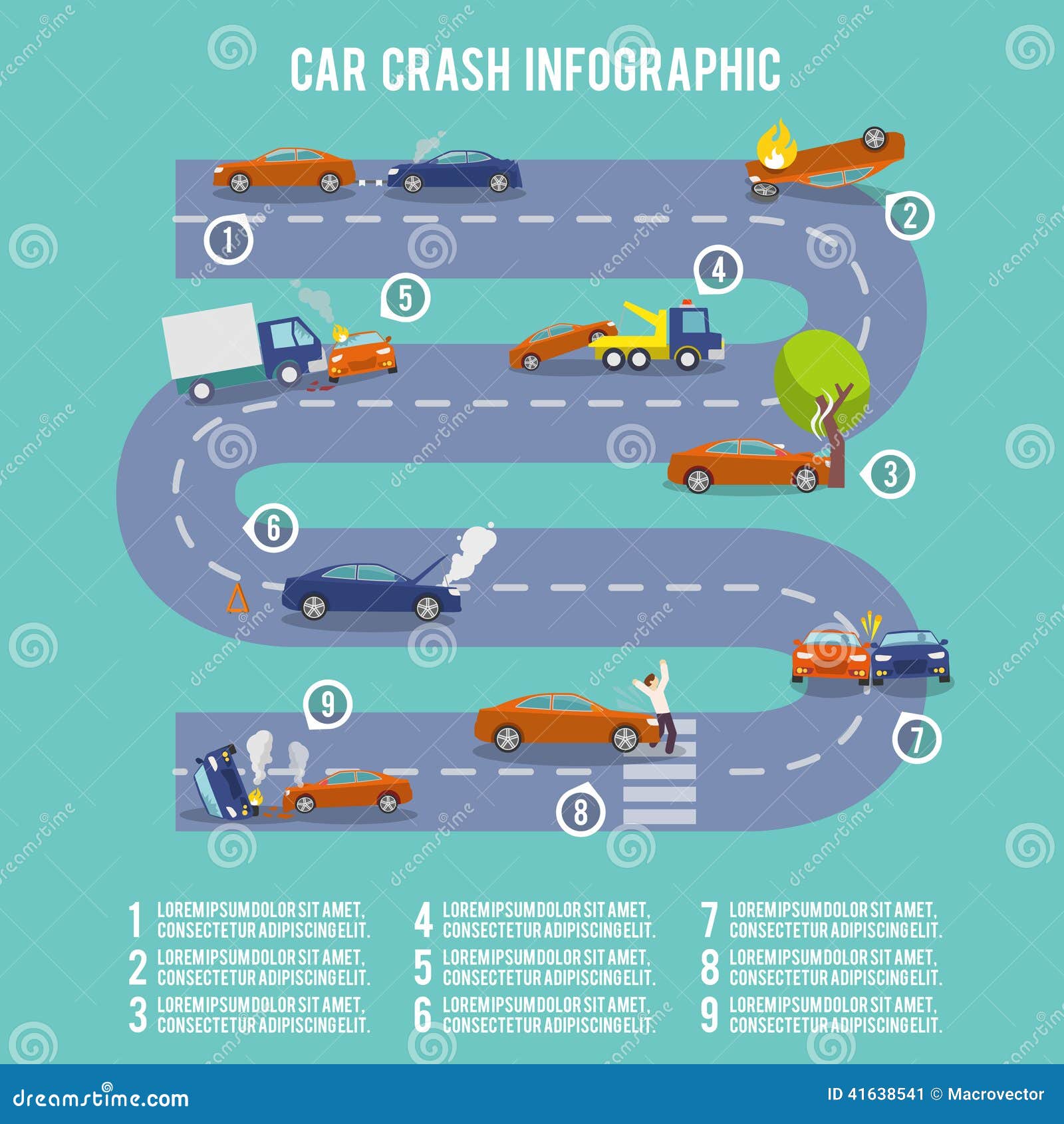Understanding The Definition Behind Your Automobile'S Warning Lighting: A Thorough Look
Understanding The Definition Behind Your Automobile'S Warning Lighting: A Thorough Look
Blog Article
Team Author-Vinson Shepherd
When you're behind the wheel, those beautiful caution lights on your control panel can be a bit complicated. Do you recognize what they're trying to tell you about your auto's health and wellness? Recognizing the significance of these lights is essential for your safety and the longevity of your vehicle. So, the next time one of those lights appears, would not you want to decode its message properly and take the needed actions to address it?
Common Warning Lighting and Interpretations
Identify typical warning lights in your vehicle and understand their definitions to guarantee safe driving.
The most common caution lights include the check engine light, which indicates problems with the engine or exhausts system. If this light begins, it's essential to have your lorry checked quickly.
The oil stress cautioning light shows reduced oil pressure, calling for instant focus to prevent engine damage.
A blinking battery light might suggest a defective charging system, potentially leaving you stranded otherwise resolved.
The tire stress surveillance system (TPMS) light notifies you to reduced tire pressure, impacting car security and gas performance. Disregarding this can cause dangerous driving problems.
The abdominal light suggests an issue with the anti-lock braking system, compromising your capacity to quit rapidly in emergencies.
Finally, the coolant temperature level alerting light warns of engine overheating, which can cause extreme damage otherwise resolved quickly.
Comprehending ppf film near me will certainly aid you resolve concerns promptly and maintain risk-free driving problems.
Significance of Prompt Focus
Recognizing the common warning lights in your car is only the very first step; the importance of quickly addressing these warnings can't be stressed enough to guarantee your security when traveling.
When a caution light brightens on your control panel, it's your vehicle's method of communicating a possible problem that requires interest. Ignoring these cautions can result in much more extreme problems down the road, endangering your safety and security and possibly costing you a lot more in repairs.
waxing a car to cautioning lights can avoid malfunctions and mishaps. For example, a blinking check engine light might suggest a misfire that, if left neglected, could create damage to the catalytic converter. Addressing this immediately can conserve you from a costly repair service.
Similarly, a brake system advising light might signify low brake liquid or worn brake pads, critical components for your safety and security when driving.
Do It Yourself Troubleshooting Tips
If you notice a warning light on your control panel, there are a few DIY troubleshooting tips you can attempt before seeking professional help.
The first step is to consult your vehicle's guidebook to recognize what the particular caution light shows. Sometimes the concern can be as simple as a loose gas cap setting off the check engine light. Tightening up the gas cap might resolve the issue.
An additional usual concern is a low battery, which can trigger different warning lights. Checking the battery links for deterioration and ensuring they're safe might deal with the trouble.
If a warning light continues, you can try resetting it by separating the car's battery for a couple of minutes and afterwards reconnecting it. Furthermore, checking your lorry's liquid degrees, such as oil, coolant, and brake liquid, can aid fix cautioning lights connected to these systems.
Final thought
To conclude, recognizing your auto's caution lights is necessary for keeping your lorry running smoothly and securely. By without delay dealing with these alerts and recognizing what they suggest, you can stay clear of expensive fixings and potential malfunctions.
Bear in mind to consult your cars and truck's handbook for certain details on each alerting light and act accordingly to ensure a trouble-free driving experience.
Remain informed, stay safe on the road!
